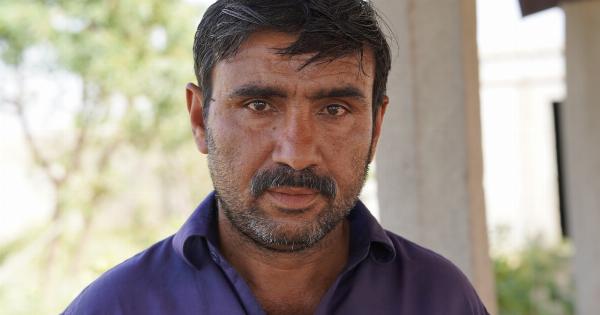HIV is a virus that can be transmitted through blood, semen, vaginal fluids, anal fluids, and breast milk. It attacks the immune system, making it more difficult for the body to fight off infections.
HIV can lead to AIDS if left untreated, which is a life-threatening condition. Knowing where you are most vulnerable to HIV can help you take the necessary precautions to protect yourself.
Having Unprotected Sex
Having unprotected sex is one of the riskiest behaviors when it comes to HIV transmission. This includes vaginal, anal, and oral sex. HIV can be transmitted through both male and female reproductive fluids.
Using condoms during sexual intercourse is one of the most effective ways to reduce the risk of HIV transmission. If you are sexually active, make sure to use condoms consistently and correctly.
Sharing Needles or Syringes
HIV can be transmitted through shared needles or syringes. This is particularly common among people who use drugs intravenously. If you use drugs, do not share needles or syringes with anyone.
You may also be at risk of contracting HIV if you receive a tattoo or piercing with unsterilized tools. Make sure that any tattoo or piercing parlor you visit uses clean, sterile equipment.
From Mother to Child
It is possible for HIV-positive mothers to transmit the virus to their unborn babies during pregnancy, childbirth, or breastfeeding.
It is crucial for HIV-positive mothers to receive antiretroviral therapy during pregnancy and to give birth in a hospital setting. Additionally, HIV-positive mothers should avoid breastfeeding their babies.
Needlestick Injuries
People who work in healthcare or other fields that involve exposure to needles may be at risk of needlestick injuries. If you experience a needlestick injury, it is important to seek medical attention immediately.
Your healthcare provider may recommend that you take antiretroviral medication to reduce the risk of HIV transmission.
Having Multiple Sexual Partners
The more sexual partners you have, the higher your risk of contracting HIV. This is because each sexual partner increases your risk of exposure to the virus.
If you are sexually active, it is important to practice safe sex and limit your number of sexual partners.
Untreated Sexually Transmitted Infections (STIs)
Untreated STIs can increase your risk of contracting HIV. This is because the open sores that often accompany STIs provide an entry point for the virus. If you have an STI, it is important to seek treatment as soon as possible.
Not Knowing Your Partner’s HIV Status
If you are sexually active, it is important to know your partner’s HIV status. If your partner is HIV-positive, you can take steps to reduce your risk of transmission.
These may include using condoms, taking pre-exposure prophylaxis (PrEP), and avoiding sexual contact during certain times, such as when your partner’s viral load is high.
Traveling to Areas with High HIV Prevalence
HIV prevalence varies by region, and some areas have higher rates than others. If you are traveling to an area with high HIV prevalence, it is important to take precautions to protect yourself.
This may include using condoms, avoiding shared equipment such as needles and razors, and getting tested before and after your trip.
Sex With HIV-positive People
If you have sex with someone who is HIV-positive, you are at a higher risk of contracting the virus. However, there are steps you can take to reduce your risk.
Using condoms consistently and correctly, taking PrEP, and avoiding sexual contact during certain times can all help reduce the risk of transmission.
Conclusion
There are many factors that can increase your risk of contracting HIV. However, taking steps to protect yourself can greatly reduce your risk.
This may include using condoms consistently and correctly, getting tested regularly, and speaking openly with your sexual partners about HIV and other STIs. By taking these precautions, you can enjoy a safe and healthy sex life while minimizing your risk of HIV transmission.


























